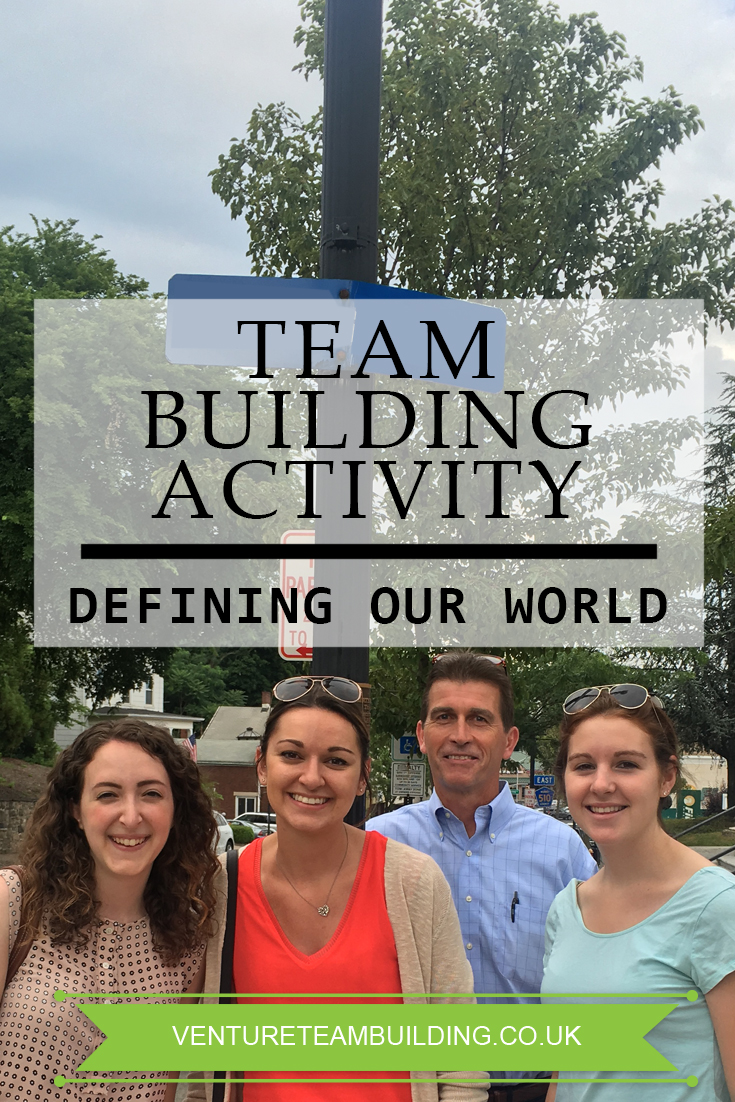Overview
In this activity, participants are tasked with writing down 10 words associated with a particular topic.
Resources: Pen and paper for each participant.
Space Required: Can be indoors or outdoors and in any space where you can fit smalls groups sitting or standing in a circle.
Group Size: Unlimited total size. Small groups between 4 to 6 or 8 to 10.
Total Time: 30 minutes
- 5 minutes to brief the activity
- 15 minutes for the activity
- 10 minutes to review and debrief
Prerequisite: None.
Running the Activity
- Explain the activity: The facilitator should pick a topic, such as learning, love, etc. Consult the participants by offering a few choices and having them vote.
- Then, have each participant write down the top 10 words they associate with that topic, without consulting anyone else.
- Typical words for “learning” might be: books, education, experience, growth, teacher.
- Once complete, have participants forms small groups of 4 to 6 or larger groups of 8 to 10. Each person should share their 10 words with the group. As they do, each person should note which words they share in common.
- At the end of the sharing session, have the group count to see if any individual word appeared on all of the participant’s lists.
- After 15 minutes, check with the groups for completion and move to the debrief.
- It is rare that even one word is shared by a 10-person or less group.
Suggested Learning Outcomes
- Communication
- Commonalities
- Clarity
- Assumption Busting
Review
Suggested questions to ask:
- How many groups had at least one word that was shared by every participant? Two, three, more?
- What did you assume when you were asked to write 10 words associated with the topic?
- Where you surprised by how many, or how few, you had in common with your group?
- Since we use words to communicate, what does this exercise tell you about how people are taking in information?
- What assumptions do we make when we communicate?
- Have you ever had a situation where your words were interpreted differently than intended? What did you do to create clarity?
- How did this challenge remind you of communication issues in the workplace?
- What can you do to make sure your communications are received as intended?





Hi there! I am an Emergency Medicine trainee in Australia who has just started in an education role that includes simulation-based training for medical students, nurses and ED trainees. I am incredibly fortunate to have Victoria Brazil as a mentor in this role and have been able to attend learning sessions introducing debriefing to the absolute novice. My first impression of debriefing is just how hard it is! What appears to be effortless for Victoria I find a minefield of poorly phrased questions, variable psychological safety and instructor centric dialog that misses key learning opportunities. Having now had the opportunity to lead a few debriefs I have found the PEARLS tool to be incredibly helpful primarily as a cognitive scaffold with which to structure the session. I feel that as I gain more experience I’ll then be able to layer more complexity from analysis section of the tool (ie, figure 2 of the article) into my approach. The other tool I have also found really helpful for a novice is the Debriefing Assessment for Simulation in Healthcare (DASH) instructor version. Using this for immediate self-assessment post debrief been great for identifying areas to improve. Having now dipped my toe into the field of simulation based education I certainly have a newfound respect for how much effort and complexity is involved!